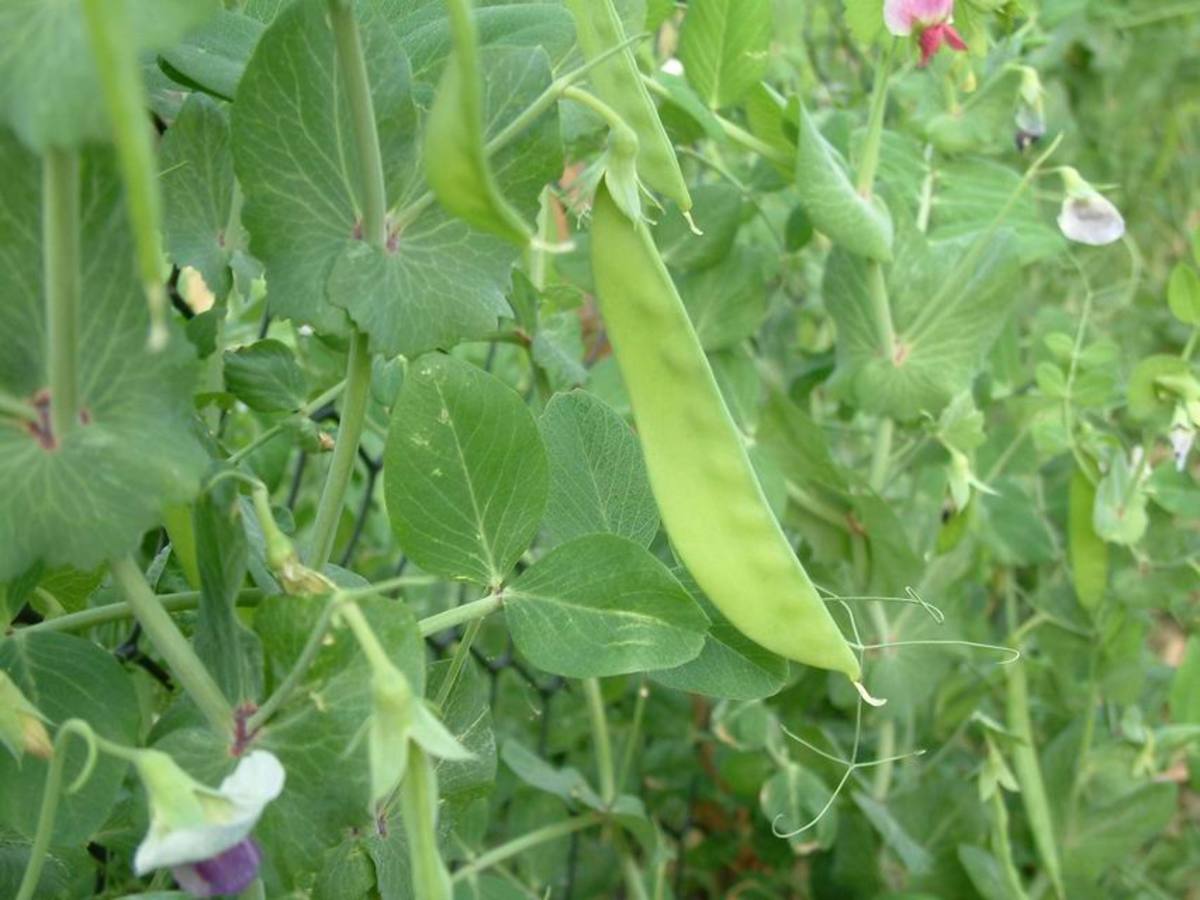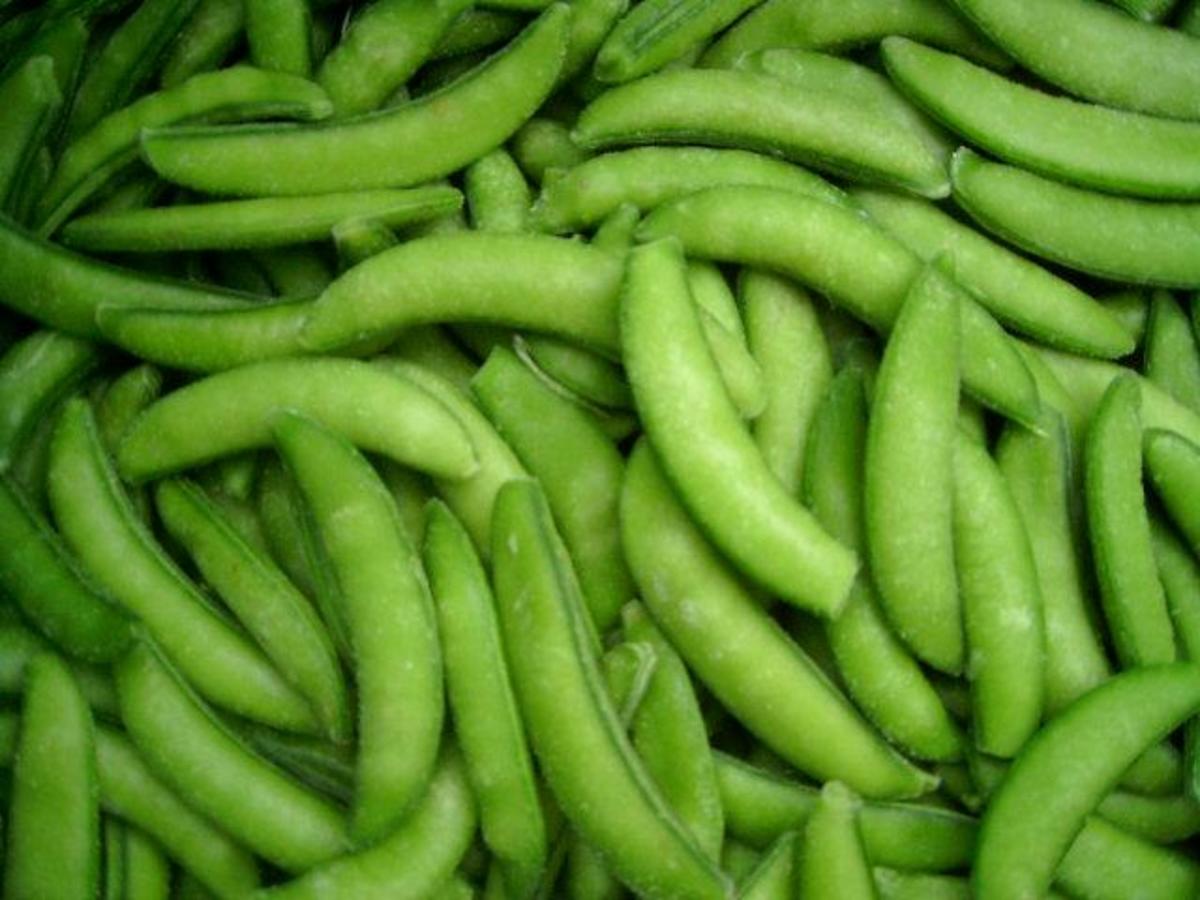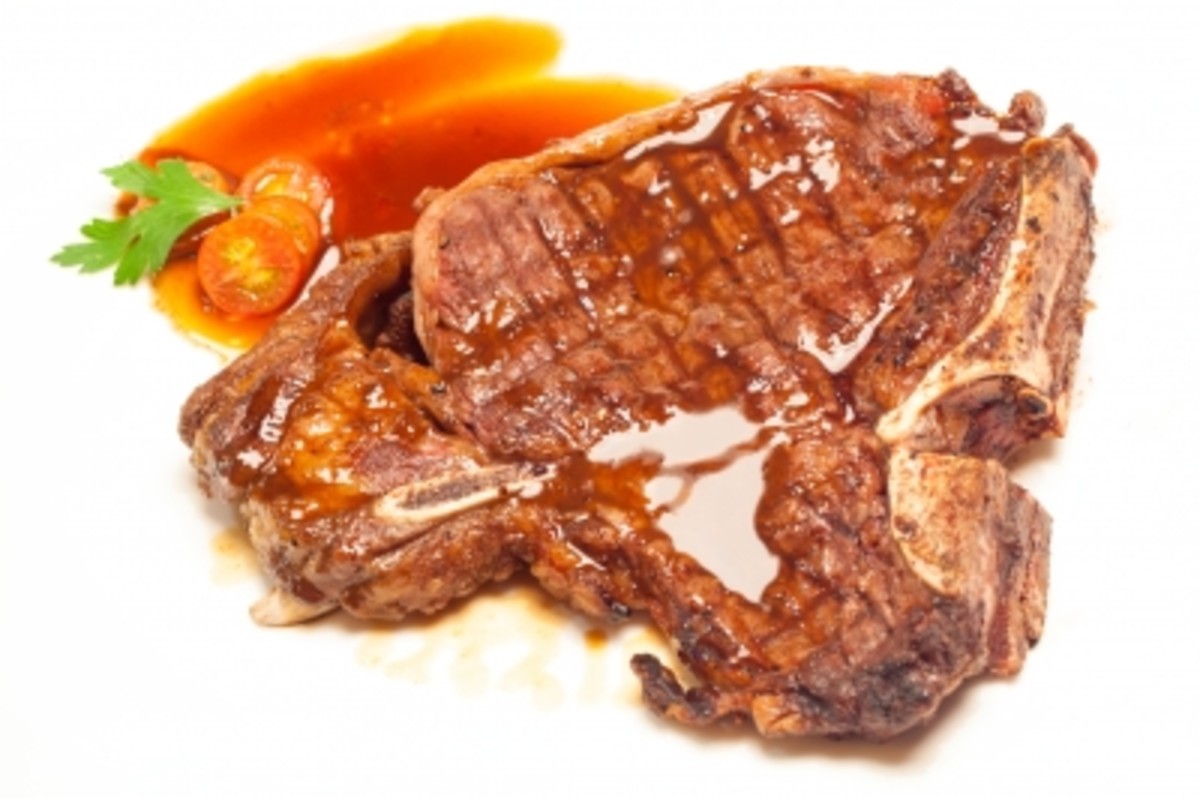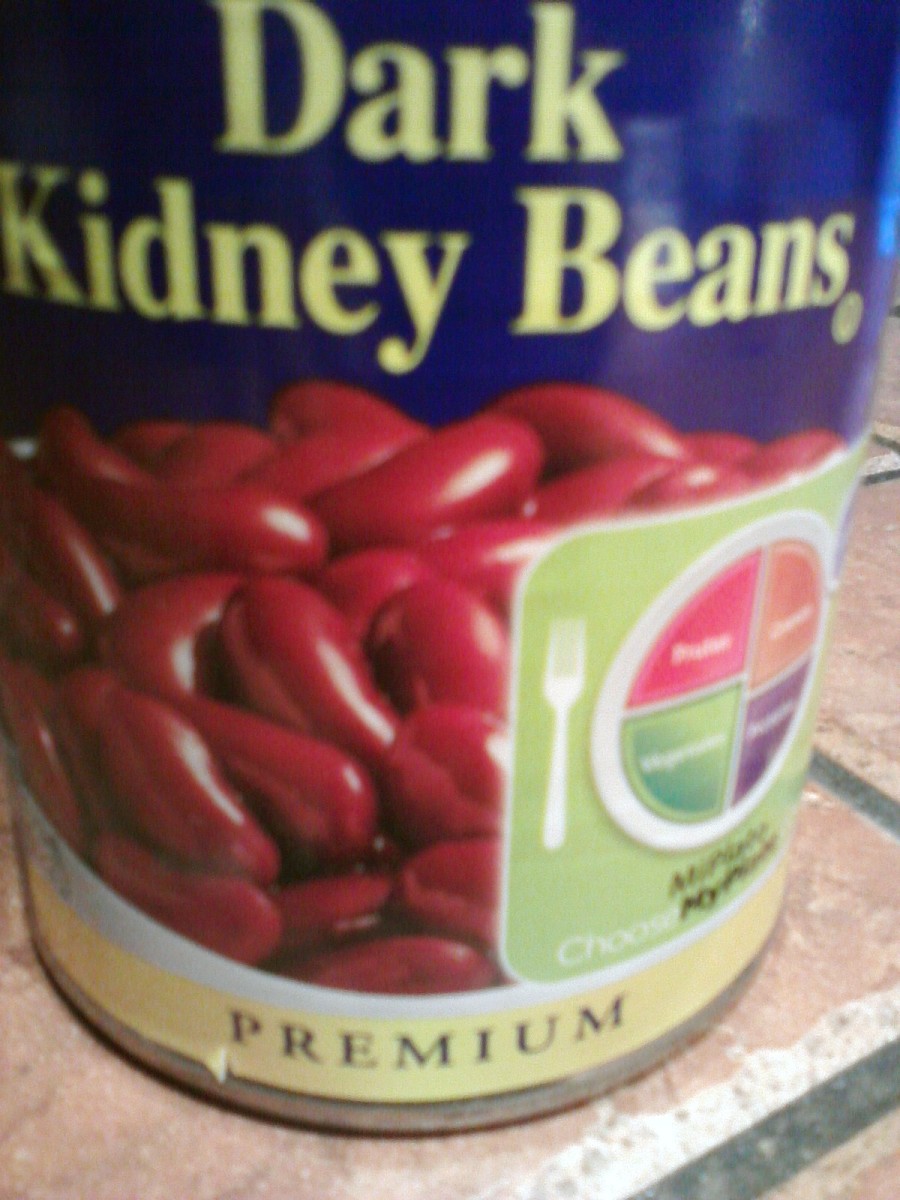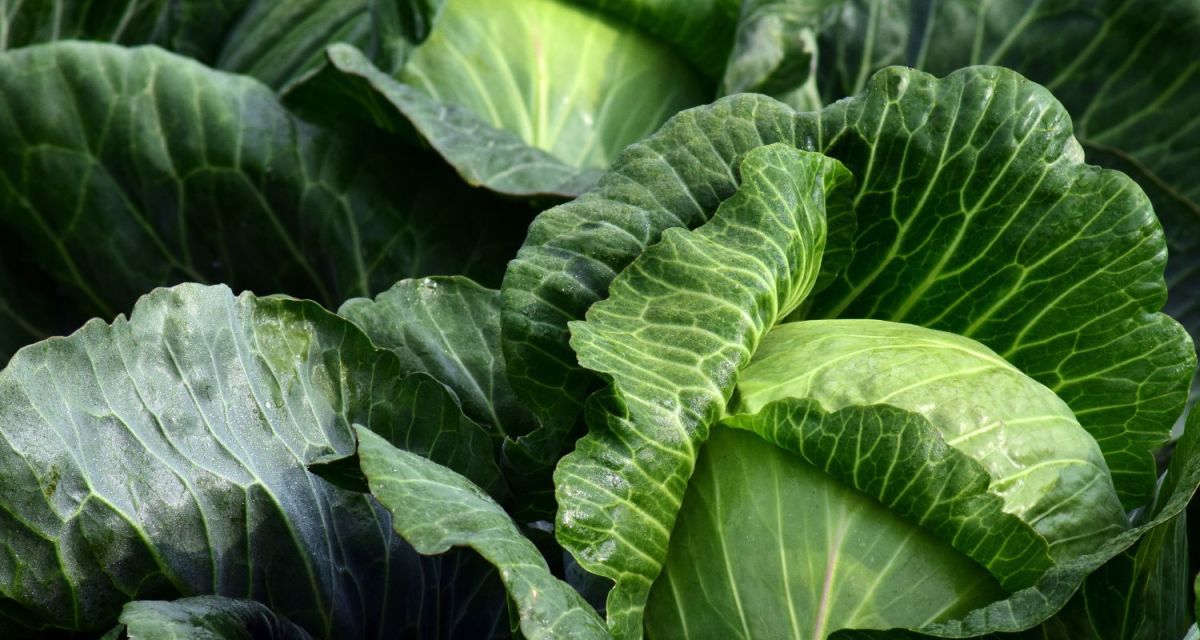- HubPages»
- Food and Cooking»
- Cooking Ingredients»
- Vegetable Ingredients
Pea

Introduction
Pea belong to the kingdom of plants to the order of fabaceae. Pea is a fruit and are spherical in shape found when the pod of fruit Pisum Satiom. A lot of seeds of related fruits are also called peas. It takes one year for peas to grow and complete their life cycle when planted. Seeds of the plants Cajanus cajan, Vigna unguiculata, Lathyrus are leguminous crop and their seeds are also termed as peas. Pea fruit is widely used in cuisine all over the world and their usage dates back to the past three thousand years. Pea is also used to feed livestock and animals due to their good nutrition value.
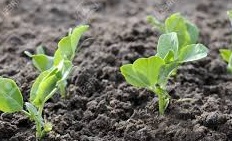
Farming and Cultivation
Cool environment and moderate temperatures are best to grow peas. Hilly tracts or ares which have tropical climate are best suited for peas as excessive heat damages the crop. It is very important that water is available in sufficient quantity for peas during plantation and maturity period. In areas of low rainfall, irrigation becomes necessary for pea crop. The soil used for pea plantation must be well drained. Manure is needed for the crop to thrive well. It is necessary that excessive water or fertilizers should not be used as they have harmful effects on the crop. Peas may be grown in crop rotation scheme to preserve the soil‘s natural texture and minerals. Sandy loom soil which is fertile and drain well is preferred to grow peas. However other soils may also be used except for impermeable clay soil. Pea plants are generally small in size and height and some of the varieties follow a trailing or climbing growth stem behavior like vines. Pea are believed to have been originated in the Mediterranean region and have since been planted and grown. Planting takes place usually in winter through the end of spring. Cultivation of pea spread worldwide. Peas were used as dry seeds in food initially but soon immature or raw peas became a delicacy. With time boiled or cooked peas with vegetables or soups formed a good diet for substantial populations. Every hundred grams of pea has eighty kilo calories of energy. Other vital minerals, vitamins, sugars and fibers are also present in peas. When Preservation and storage facilities improved, peas started becoming available for major of the year and their consumption and production increased rapidly. Frozen peas are available all year round. In order to preserve peas, they are processed as soon as they are picked from their plants. Peas are washed using water to remove dirt and other contaminants. Pea may be boiled to remove any other bacteria or enzyme that may effect their shelf life. After that they are placed in cold or freezing temperature so that their nutrients can be preserved. There are many different varieties of peas grown worldwide like in Alaska, Australia, France and other countries. Each variety has its own maturity period, taste and manner in which it is used in cuisines. Pea root nodules harbor Rhizobia, a bacteria which naturally improve soil quality for regulating nitrogen. They act as a natural fertilizer for both the plant and the soil. In few cases people are reported to be allergic to peas. Excessive consumption can cause minor damage to kidneys in rare cases. Peas mostly have green color but light yellow or purple peas are also there. Pests and insects like leaf weevil, weevil larvae affect pea crop. They eat pea leaves which hamper their growth or can eat roots which may diminish plant growth. Pathogen and other fungus found in pea are also harmful for humans and pea most be treated before they are supplied for consumption.

Uses in Cuisines
Peas are used as stiffing with potatoes, cabbage, tomatoes in a lot of dishes. Peas along with other vegetables are boiled and mashed to form a solid or semi-solid paste and used as stuffing in breads and flour. They are used as vegetables by frying them with cheese or potato to make a curry. Peas are fried with vegetables and used in noodles. Peas are boiled with water, spices and vegetable and consumed as a soup. Slated peas fried in oil are used as a snack worldwide. Peas can yield milk and are used whenever animal milk is unavailable. Dry peas are grown in fields and used in porridge, soup and vegetables. Russia and China are the major producers of field pea and export them all over the world. Dry peas are used to feed cattle and animals.

Benefits
Gregor Mendel performed extensive experiments on pea plants and led to the foundation of Mendelian genetics. Cross breeding pea plants and studying their genetic composition, Mendel answered few unsolved questions n the Darwin’s theory of evolution.Peas have a lot of health benefits. Consumption of peas helps in losing weight. Blood sugar levels can be controlled by including peas in diets. Arthritis, Alzheimer, bronchitis can be prevented by taking peas. Consumption of peas lower the risk of stomach cancer and photo nutrients present in peas have a very good effect n human health. Glycaemic index of pea is low and the presence of anti oxidants free body for many harmful toxins. Refrigeration and good storage is important to preserve the nutrients and vitamins in peas.

